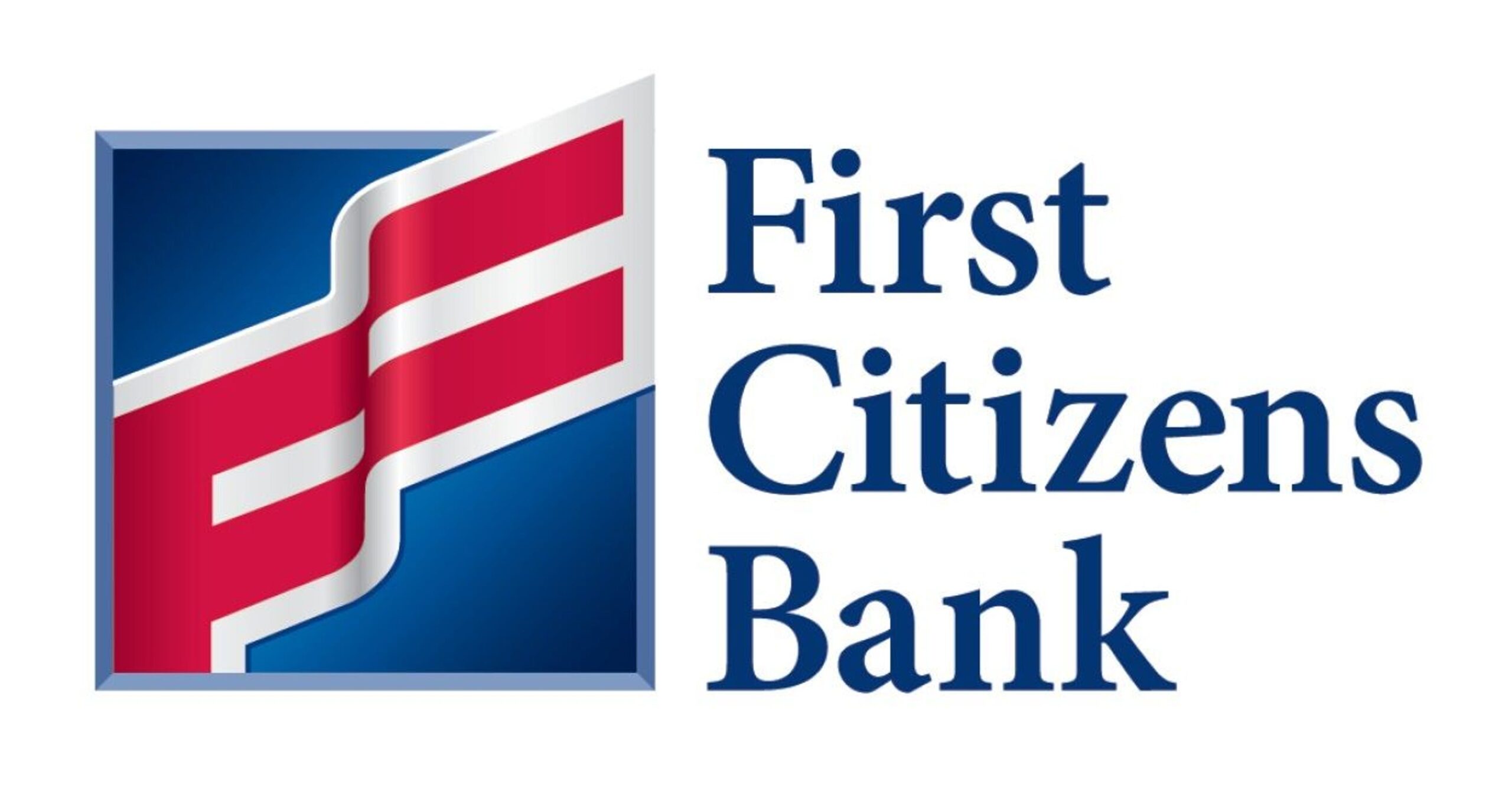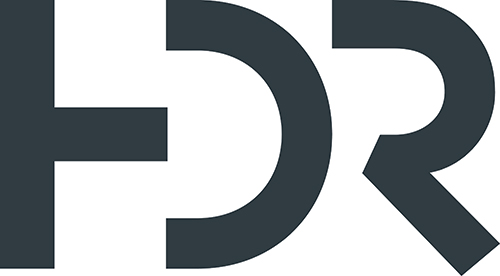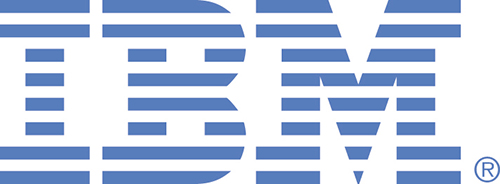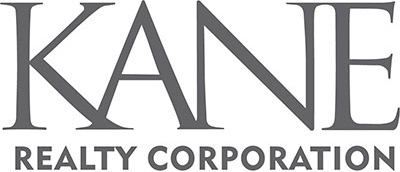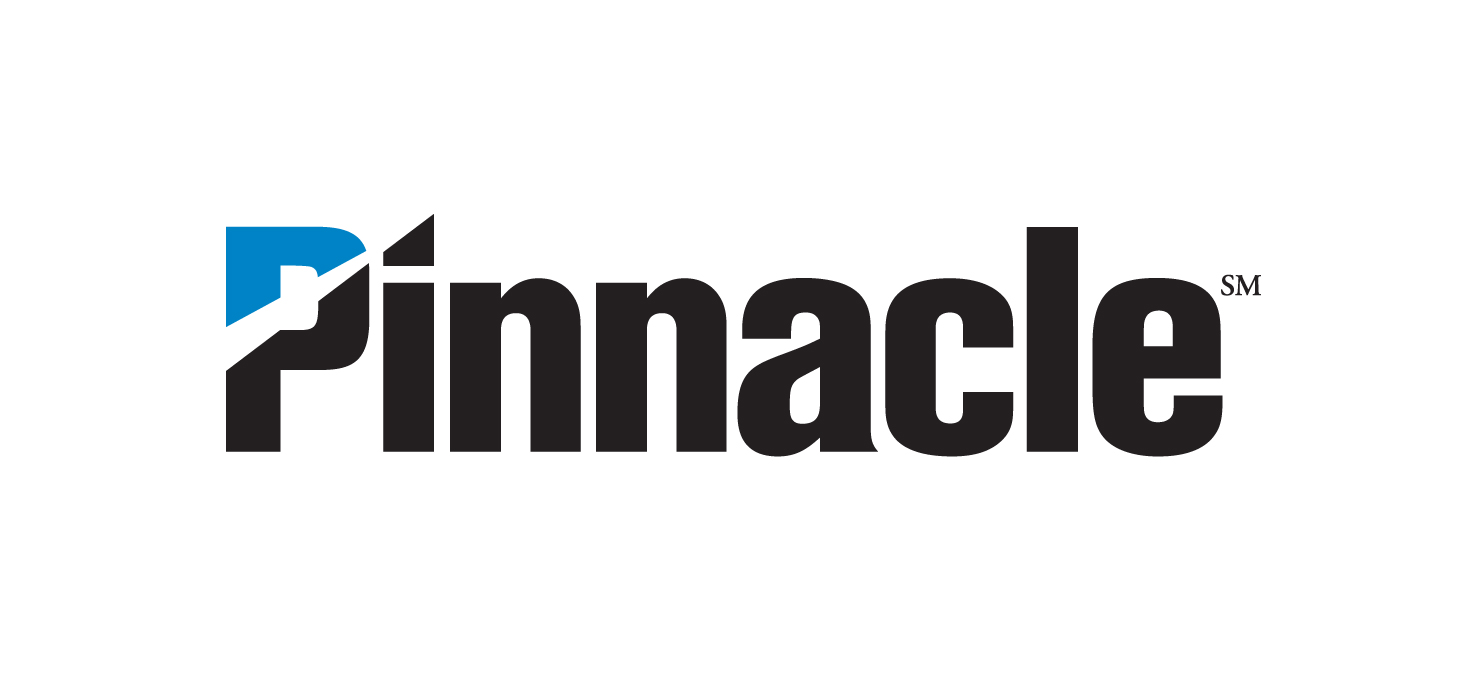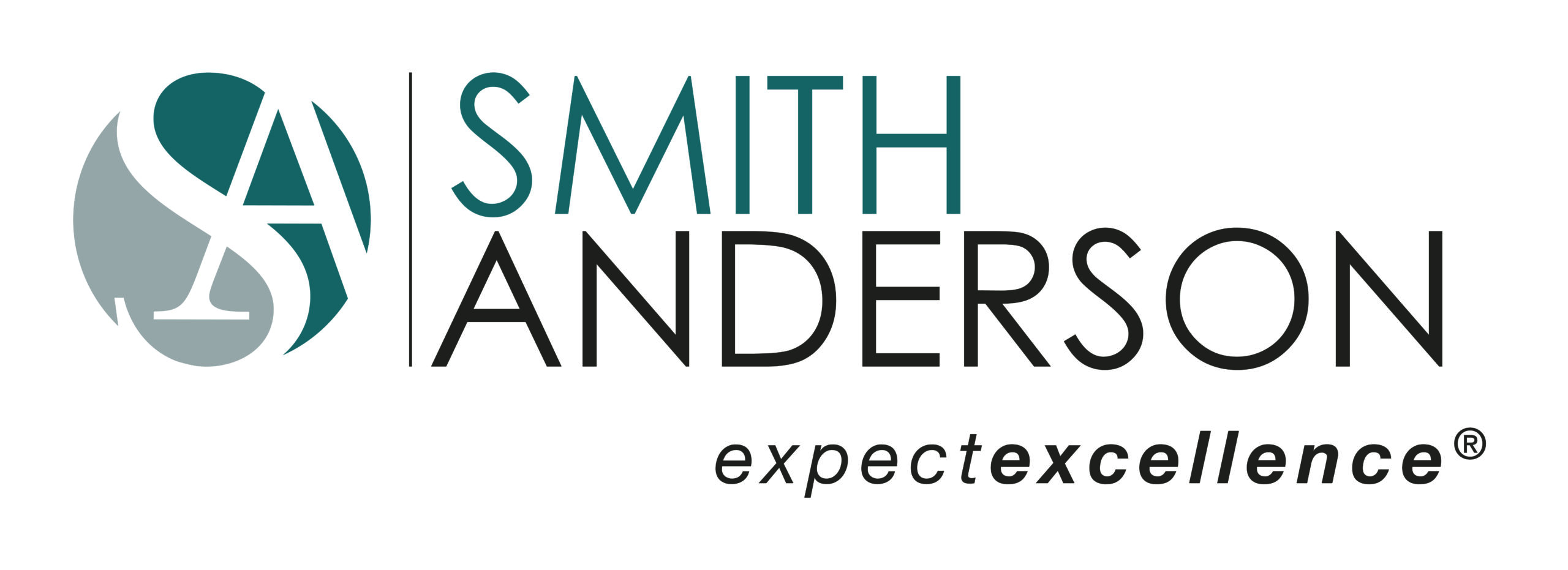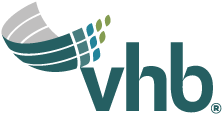BRT is coming — and BRT frequency is here and growing
The regional business community has been pushing for BRT — bus rapid transit, or buses resembling trains — for many years. The rollout of BRT is now accelerating, construction is about to begin in Raleigh, and BRT is now under development in far more places than even a few years ago.
One of the most important aspects of BRT service will be the high frequency nature of the routing, which will ensure that travelers won’t have to wait long for their bus.
Fortunately, we don’t have to wait for BRT construction to receive BRT levels of frequent service.
If we define high-frequency as arrivals every 15 minutes or better during the day on weekdays, then there are more than 30 bus routes and corridors providing high-frequency service, with an average wait time of less than 10 minutes. In fact, the metropolitan Triangle region has a daytime high-frequency network of more than 200 route miles across six regional transit agencies serving our market.
The rest of this week’s post below provides an overview of our regional high-frequency network, which will expand this Saturday, November 1 thanks to some of the changes we discussed in last week’s blog and also described below.
GoRaleigh, serving the capital city of Raleigh and environs, has more than 100 miles of high frequency service. There are 9 bus routes (1, 5, 6, 7, 9, 11, 15, 19, and 21) with 15-minute or better frequency along approximately 115 miles of streets and roadway. This is a significant increase compared to January 2024, when GoRaleigh had a (still impressive) 40 mile frequent network.
- GoRaleigh route 1, which comes every 10 minutes on weekdays, is one of the two most frequent bus routes in the Triangle, and perhaps the state, not associated with a university campus shuttle route. As of Saturday, November 1, GoRaleigh 1 will share the 10 minute frequency distinction with the overlay portion of GoDurham routes 3 and 16.
The NC State Wolfline also has 10 bus routes (20, 30, 40, 41, 42, 43, 50, 51, 52, 60), and if we define high-frequency as every 16 minutes instead of 15, then all 10 routes in the 45 miles of the Wolfline system operate at high frequency during weekdays.
- NC State Wolfline Central Campus-Centennial Campus shuttle (route 40) comes every 6 minutes during weekdays, making it the most frequent bus route in Wake County, and the second-most frequent route in the Triangle.
GoDurham, serving the Bull City of Durham and environs, has a growing number of high-frequency routes and corridors. The GoDurham service will have two “pure” high-frequency routes (3 and 5) as of this Saturday, November 1. In fact, GoDurham will have five high-frequency corridors as of November 1 due to the complementary and favorable scheduling of certain paired routes that share part of a corridor but arrive at stops at different 15 minute arrivals. As of this Saturday, those five corridors are: 2 [with 12], 3, 5, 10 [with 10-B], 11 [with 11-B]).
- On Saturday, November 1, route 3 becomes 15 minutes or better, with the section between Downtown Durham Station and the Village becoming every 10 minutes, thanks to the overlay of route 3 and route 16 (replaces 3-B). This overlay section will become the second all-day 10 minute bus corridor in the region not associated with a campus shuttle route (the first is GoRaleigh 1 / Capital Blvd.).
Duke University Transit has four high-frequency routes (C-1, H-1, H2, SWS), each of which comes every 15 minutes or better, with some much more frequently during weekdays.
- Duke’s C-1/East-West shuttle route, connecting Duke’s east and west campuses, has buses coming every 3-4 minutes from 7:10 am to 8:20 pm every day. This is the most frequent bus route in the Triangle and probably the state, and likely one of the most frequent timetabled bus routes in the United States.
Chapel Hill Transit has three high-frequency routes (FCX, U, RU) serving Chapel Hill and the UNC Chapel Hill community. In addition, the NS route is effectively high-frequency, as there are only two or three 20 minute daytime windows during the day where it has 20 minute frequency instead of 15 minutes.
- The FCX Friday Center shuttle runs at least every 15 minutes during core travel hours, with 5 and 10 minute frequency during portions of the day.
GoTriangle has activated its first high-frequency service, using routes 400 and 405 between Durham and Chapel Hill.
GoCary does not currently have any high-frequency service, but it does have consistently solid 30 minute service on all routes 6 days per week. In addition, as of Saturday, November 1, new route GoCary 2, discussed in last week’s blog, will directly link to high-frequency service in Raleigh (GoCary 2 to Wolfline 60) and thus create a new pathway to Downtown Raleigh (GoCary 2, to Wolfline 60 for one stop, to GoRaleigh 9).
Note — the above is an approximate summary of high-frequency transit service offerings in the Triangle. Please let me know of changes, additions, deletions, or corrections, at joe@letsgetmoving.org.







